TOKYO LEAVES
【Tokyo Leaves】 2025 Japanese Sencha MARUTAMA3 MINAMI SAYAKA
【Tokyo Leaves】 2025 Japanese Sencha MARUTAMA3 MINAMI SAYAKA
Couldn't load pickup availability
"Minami Sayaka" is a rare green tea cultivar known for its exotic floral aroma, reminiscent of jasmine or gardenia — a fragrance present even in the freshly harvested leaves.
To enhance this unique characteristic, the tea undergoes a special process called "withering" (ichō), which brings out its elegant fragrance even more.
Brewed at higher temperatures like black tea, it reveals a toasty aroma and richness, while still delivering the umami and refined astringency unique to green tea.
It pairs beautifully with Western sweets such as chocolate and baked pastries.
Net weight: 50g
Share
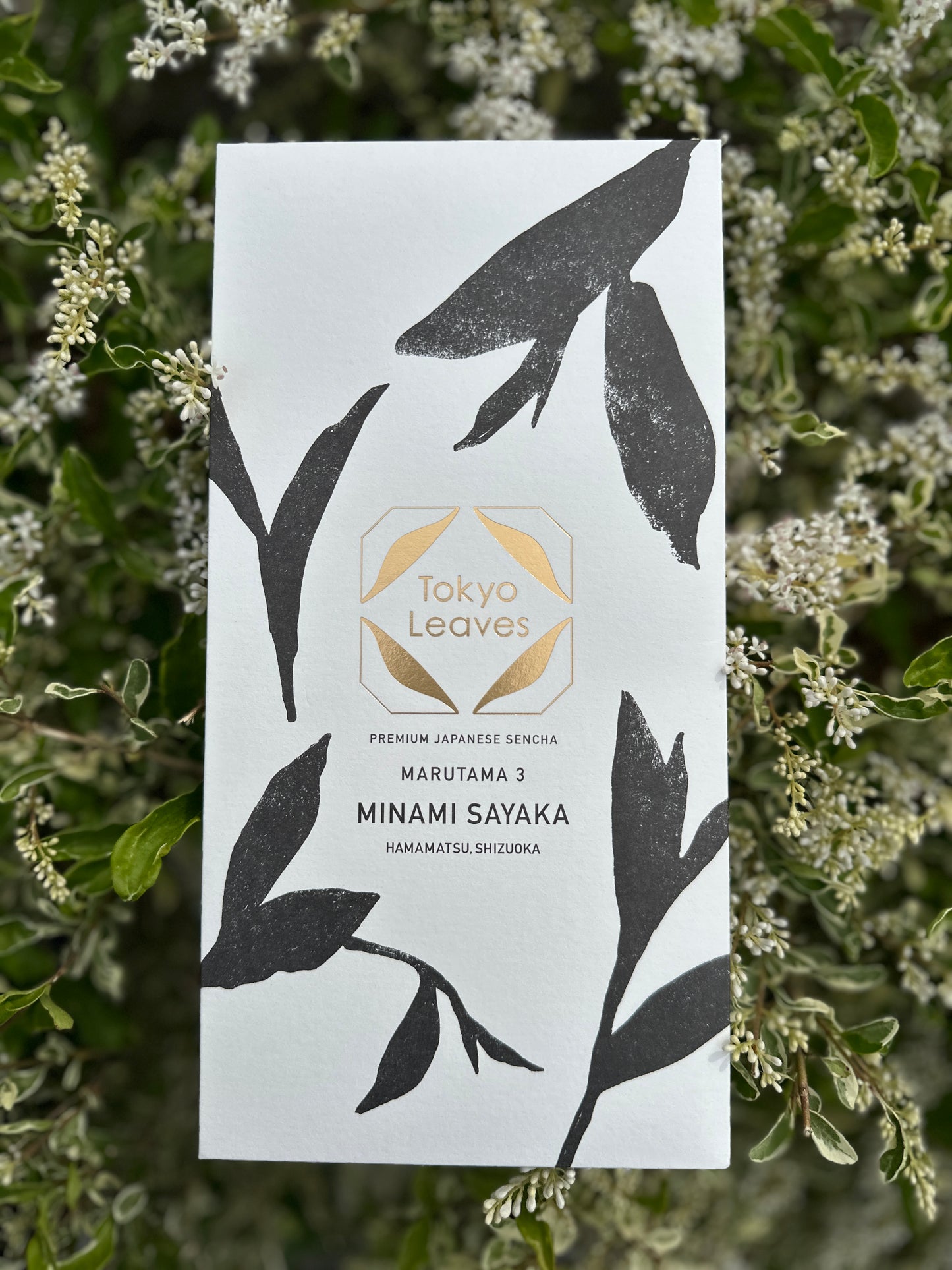
Learn
View all-
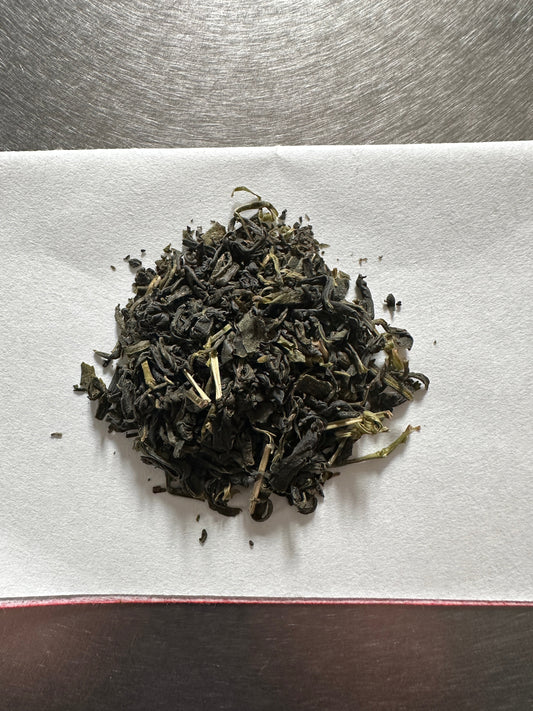
Vol.5 Benifuki A Science-Backed Tea for Wellness
Benifuki: Beyond Flavor—A Science-Backed Tea for Wellness What is Benifuki? Benifuki is a rare tea cultivar created by crossbreeding the Assam-based variety “Benihomare” with the green tea variety “Makura Cd86.”...
Vol.5 Benifuki A Science-Backed Tea for Wellness
Benifuki: Beyond Flavor—A Science-Backed Tea for Wellness What is Benifuki? Benifuki is a rare tea cultivar created by crossbreeding the Assam-based variety “Benihomare” with the green tea variety “Makura Cd86.”...
-
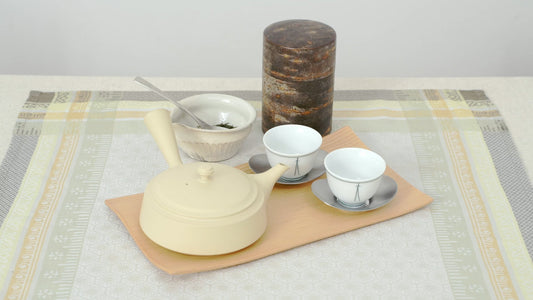
Vol.4 How to brew tasty Sencha (Movie)
Pour freshly boiled water into your yunomi (Japanese teacups, about 120ml per cup). Place the sencha leaves into the kyusu (Japanese teapot, about 1 teaspoon per person). Pour the water...
Vol.4 How to brew tasty Sencha (Movie)
Pour freshly boiled water into your yunomi (Japanese teacups, about 120ml per cup). Place the sencha leaves into the kyusu (Japanese teapot, about 1 teaspoon per person). Pour the water...
-
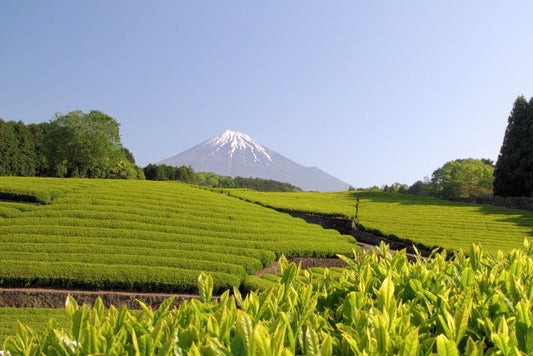
Vol. 3 The Many Types of Japanese Tea Explorin...
The Japanese tea we enjoy every day comes in a remarkable variety of styles.Although all teas are made from the same plant—the Camellia sinensis, or cha no ki—differences in cultivation...
Vol. 3 The Many Types of Japanese Tea Explorin...
The Japanese tea we enjoy every day comes in a remarkable variety of styles.Although all teas are made from the same plant—the Camellia sinensis, or cha no ki—differences in cultivation...
Blog
View all-

Halloween & Japanese Tea Enjoy a Touch of Autum...
今年のハロウィンは、甘いお菓子と一緒に、日本茶でほっとひと息。実は、日本茶はハロウィンの定番スイーツと相性抜群なのです。香ばしさや彩りの中に、静かな秋の夜長を感じてみませんか?
Halloween & Japanese Tea Enjoy a Touch of Autum...
今年のハロウィンは、甘いお菓子と一緒に、日本茶でほっとひと息。実は、日本茶はハロウィンの定番スイーツと相性抜群なのです。香ばしさや彩りの中に、静かな秋の夜長を感じてみませんか?
-
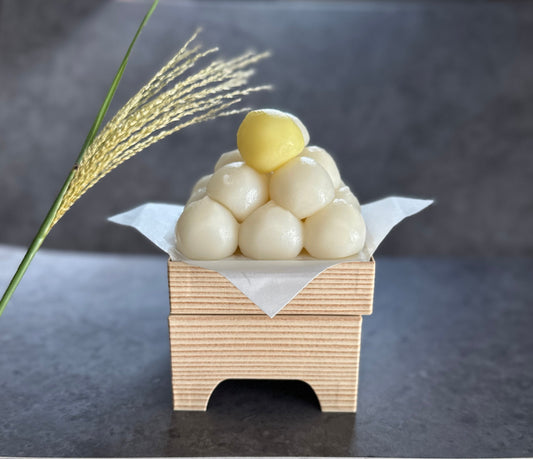
“Otsukimi” Enjoying the Autumn Moon
What is Otsukimi?Otsukimi (literally “moon viewing”) is the custom of appreciating the bright and beautiful autumn moon. The night of the full moon in autumn, called Jugoya (“Fifteenth Night”), is...
“Otsukimi” Enjoying the Autumn Moon
What is Otsukimi?Otsukimi (literally “moon viewing”) is the custom of appreciating the bright and beautiful autumn moon. The night of the full moon in autumn, called Jugoya (“Fifteenth Night”), is...
-
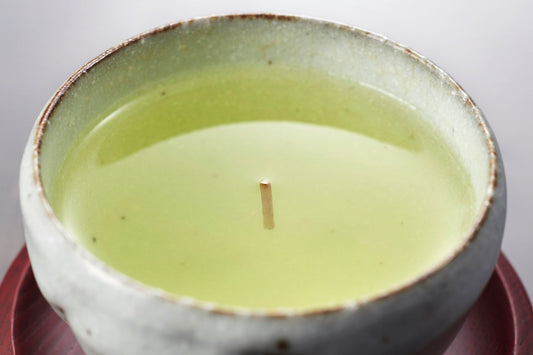
”Chabashira” A sign of good fortune floating in...
What is Chabashira?(茶柱) Chabashira (pronounced “cha-ba-shee-ra”) literally meaning “tea pillar,” refers to a part of the tea stems that sometimes float vertically in a teapot or teacup after tea has been...
”Chabashira” A sign of good fortune floating in...
What is Chabashira?(茶柱) Chabashira (pronounced “cha-ba-shee-ra”) literally meaning “tea pillar,” refers to a part of the tea stems that sometimes float vertically in a teapot or teacup after tea has been...







